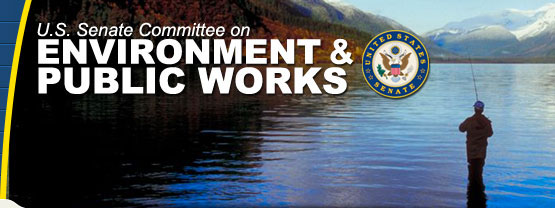

Safe chemicals act s 847 series#
Their calls for reform are reflected in a video series created by the League of Conservation Voters, in which moms, businessmen, health professionals, and sportsmen explain why they want safer chemicals, the importance of the Safe Chemicals Act, and the value in testing the chemicals in our everyday products.įor too long, Big Chemical has played politics with our health and well-being, constantly pressuring some members of Congress to overlook the health of America’s children in favor of protecting the chemical industry’s profits and avoiding the additional burden of being honest about the risks posed by toxic chemicals. Public health professionals like the American Medical Association and the American Nurses Association have constantly warned of the dangers posed by toxic chemicals, and calls for chemical policy reform resound ever louder from health advocates, religious organizations, environmental groups, labor organizations, sportsmen, businesses, and families around the nation.

Contaminating our children with hundreds of toxic chemicals before they even take their first breath is unacceptable and a problem that the Safe Chemicals Act aims to fix. In fact, American babies are born with the highest concentration of flame retardants in the world-chemicals that are known to slow brain development and contribute to cancer later in life. Polybrominated diphenyl ethers (PBDEs), a class of toxic flame retardants commonly used throughout our homes, contaminate the environment and build up in the bodies of pregnant women, who then pass these dangerous chemicals onto their unborn children. Everyday products, such as household cleaners and soaps, furniture, plastics, and electronics, contain toxic compounds that have been linked to cancer, learning disabilities, Alzheimer’s disease, Parkinson’s disease, reproductive disorders, and asthma. Over the last 36 years, scientists have collected a growing body of evidence and a deeper understanding of the link between some chemicals and the rising incidences of serious illnesses. However, even though the SCA enjoys vast support from people across the nation, and across the aisle, it is unclear whether it will receive a much-deserved timeslot in the small number of legislative days Congress has left this year. Additionally, the legislation would create a shared responsibility between the Environmental Protection Agency (EPA) and the chemical industry for ensuring that persistent, bioaccumaltive, and toxic chemicals do not accumulate in our environment and our bodies. The Safe Chemicals Act (SCA) will improve the safety of chemicals by finally requiring adequate testing of all chemicals in our everyday products and ensuring that our most vulnerable populations, including pregnant women and children, are protected from even low doses of dangerous chemicals. 847), sponsored by Senator Frank Lautenberg (D-N.J.) and co-sponsored by 26 Senators, is a long-awaited, commonsense measure that will finally give us the protections we need to ensure that the chemicals found in our homes, schools, and communities are safe for our public health and the environment. However, it has failed, allowing chemicals to enter the marketplace with little to no testing for their long term effects on our health or the environment. The Toxic Substances Control Act (TSCA) was passed in 1976 in an effort to protect us from dangerous chemicals like phthalates.


 0 kommentar(er)
0 kommentar(er)
